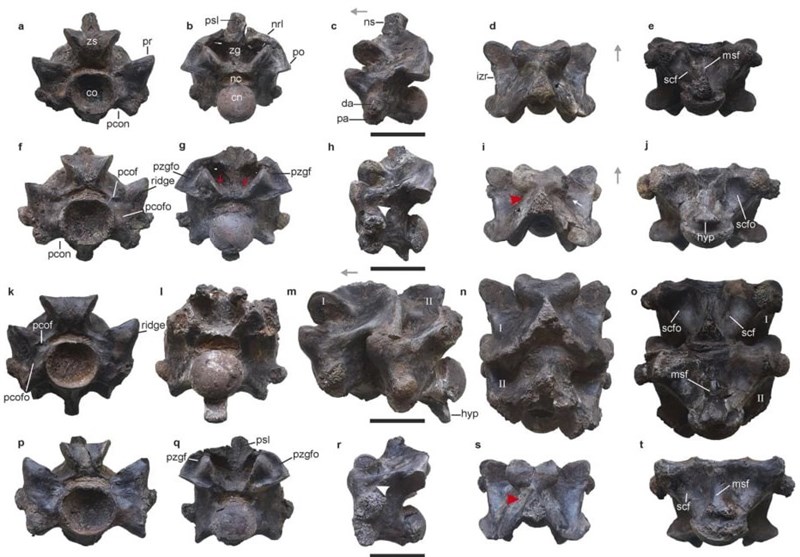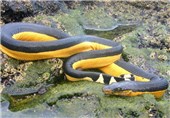Giant Fossils Suggest Ancient Warm Climates Encouraged Monster Snakes
TEHRAN (Tasnim) – The discovery of a massive snake fossil in India suggests that giant serpents once roamed the Earth's warmer regions alongside various other creatures, researchers say.
Researchers unveiled a startling discovery on Thursday, revealing the existence of an ancient colossal serpent in India that could have rivaled the size of a school bus and weighed a staggering ton. Fossils unearthed near a coal mine unveiled a serpent estimated to stretch between 36 to 50 feet (11 to 15 meters), placing it in league with the largest known snake, which once roamed Colombia at approximately 42 feet (13 meters) in length.
This newfound behemoth, named Vasuki indicus, resided in the swampy evergreen forests of western India some 47 million years ago. According to findings published in Scientific Reports, it potentially tipped the scales at up to 2,200 pounds (1,000 kilograms). Debajit Datta, a co-author of the study from the Indian Institute of Technology Roorkee, explained the significance of the serpent's name, derived from the mythical snake king Vasuki, associated with the Hindu deity Shiva.
Despite its immense size, Vasuki was not a swift predator. Datta noted, "Considering its large size, Vasuki was a slow-moving ambush predator that would subdue its prey through constriction."
The serpent's existence was pieced together from fragments of its backbone, initially discovered in 2005 by co-author Sunil Bajpai, also from the Indian Institute of Technology Roorkee, in the vicinity of Kutch, Gujarat. By comparing over 20 fossil vertebrae to modern snake skeletons, researchers estimated its size.
While the specifics of Vasuki's diet remain elusive, Datta suggested it likely shared its habitat with catfish, turtles, crocodiles, and primitive whales, possibly serving as its prey.
The discovery of Vasuki parallels that of Titanoboa, an extinct giant snake unearthed in Colombia, estimated to have lived approximately 60 million years ago. Jason Head, a paleontologist from Cambridge University, pointed out their commonality: both thrived during periods of exceptionally warm global climates. He remarked, "These snakes are giant cold-blooded animals. A snake requires higher temperatures to grow into large sizes."
However, despite the tantalizing prospect, Head cautioned against expecting a resurgence of giant snakes due to current climate change trends. He explained that while theoretically possible, the pace of modern climate change exceeds the evolutionary rate required for such sizable creatures to reemerge.






